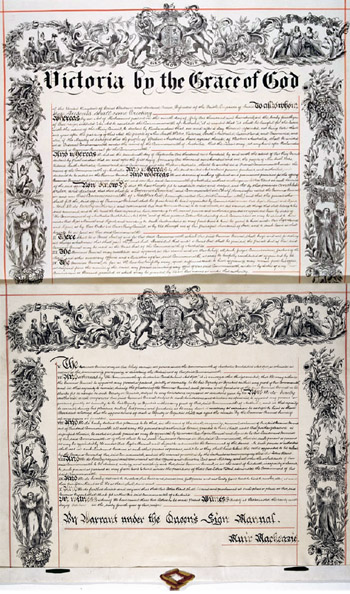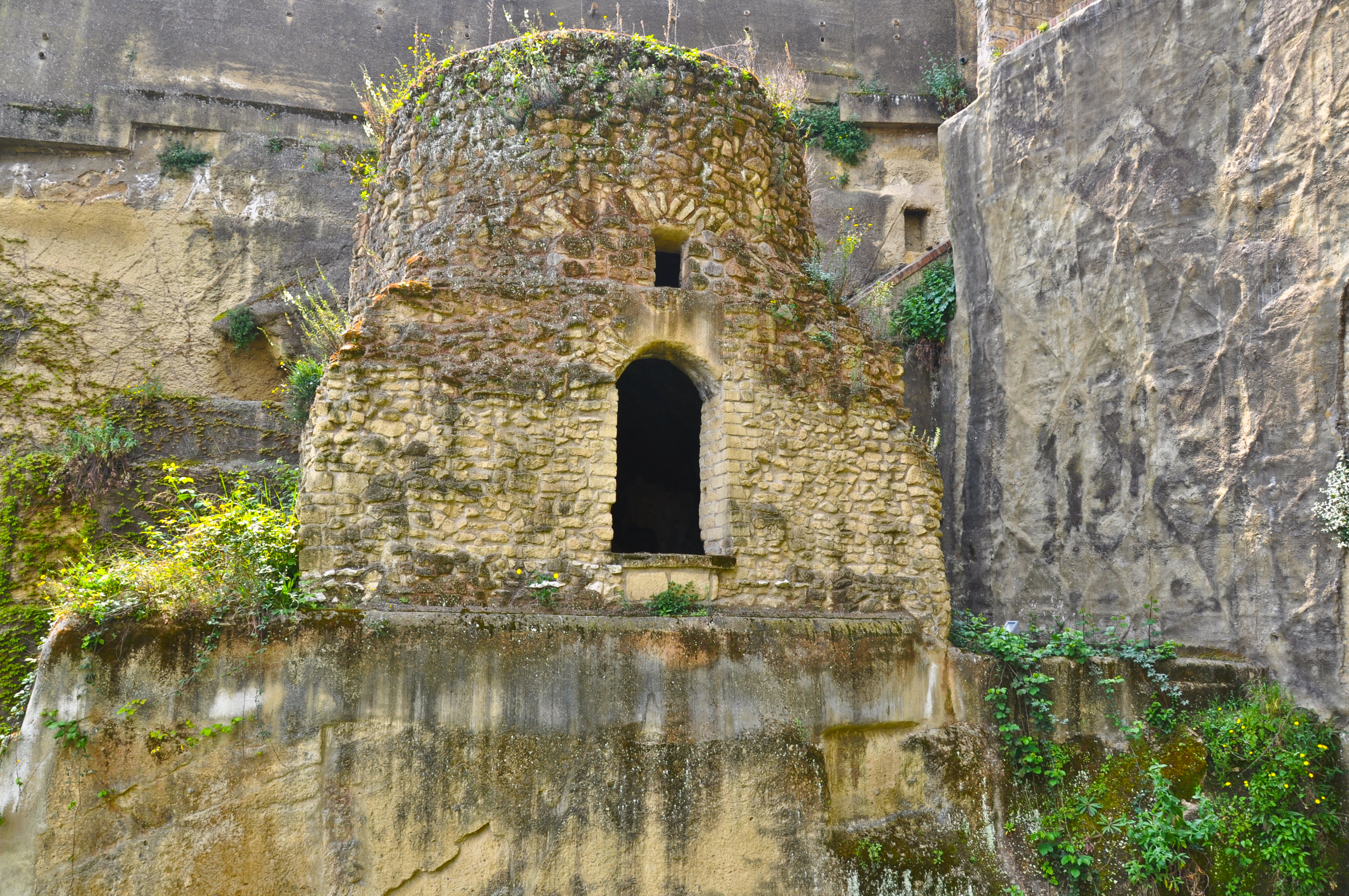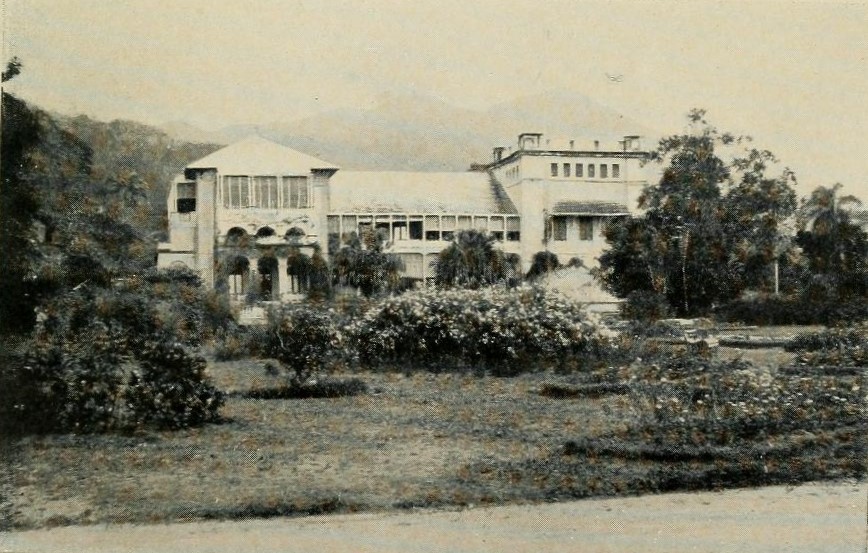|
Coat Of Arms Of Trinidad And Tobago
The coat of arms of Trinidad and Tobago was designed by a committee formed in 1962 to select the symbols that would be representative of the people of Trinidad and Tobago. The committee included artist Carlisle Chang (1921–2001) and carnival designer George Bailey (1935–1970)."Coat of Arms" ''The National Identity Guidelines of the Republic of Trinidad and Tobago'' (Ministry of National Diversity and Social Integration, Government of the Republic of Trinidad and Tobago), p. 4. Design The palm tree crest at the top of the coat of arms was taken from Tobago's coat of arms before it was joined in political union with Trinidad. The shield comprises the same colours (black, red, and white) as Flag of Trinidad and Tobago, the nation's flag and carry the same meaning. ...[...More Info...] [...Related Items...] OR: [Wikipedia] [Google] [Baidu] |
Trinidad And Tobago
Trinidad and Tobago, officially the Republic of Trinidad and Tobago, is the southernmost island country in the Caribbean, comprising the main islands of Trinidad and Tobago, along with several List of islands of Trinidad and Tobago, smaller islets. The capital city is Port of Spain, while its largest and most populous municipality is Chaguanas. Despite its proximity to South America, Trinidad and Tobago is generally considered to be part of the Caribbean. Trinidad and Tobago is located northeast off the coast of Venezuela, south of Grenada, and 288 kilometres (155 nautical miles) southwest of Barbados. Indigenous peoples of the Americas, Indigenous peoples inhabited Trinidad for centuries prior to Spanish Empire, Spanish colonization, following the arrival of Christopher Columbus in 1498. Spanish governor José María Chacón surrendered the island to a British fleet under Sir Ralph Abercromby's command in 1797. Trinidad and Tobago were ceded to Britain in 1802 under t ... [...More Info...] [...Related Items...] OR: [Wikipedia] [Google] [Baidu] |
President Of Trinidad And Tobago
The president of the Republic of Trinidad and Tobago is the head of state of Trinidad and Tobago and the commander-in-chief of the Trinidad and Tobago Defence Force. The office was established when the country became a republic in 1976, before which the head of state was the Queen of Trinidad and Tobago, Elizabeth II. The last governor-general, Sir Ellis Clarke, was sworn in as the first president on 1 August 1976 under a transitional arrangement. He was formally chosen as president by an electoral college consisting of members of both houses of Parliament on 24 September 1976, which is now celebrated as Republic Day. The president's post was one of many temporarily suspended during the Jamaat al Muslimeen coup attempt lasting from 27 July 1990 - 1 August 1990 when it resumed. The current president of Trinidad and Tobago is Christine Kangaloo. History On 12 December 1969, at a sitting of the House of Representatives, the prime minister moved a motion on constitutional re ... [...More Info...] [...Related Items...] OR: [Wikipedia] [Google] [Baidu] |
Letters Patent
Letters patent (plurale tantum, plural form for singular and plural) are a type of legal instrument in the form of a published written order issued by a monarch, President (government title), president or other head of state, generally granting an office, right, government-granted monopoly, monopoly, title or status to a person or corporation. Letters patent can be used for the creation of corporations, government offices, to grant city status or heraldry, coats of arms. Letters patent are issued for the appointment of representatives of the Crown, such as governors and governor-general, governors-general of Commonwealth realms, as well as appointing a Royal Commission. In the United Kingdom, they are also issued for the creation of peers of the realm. A particular form of letters patent has evolved into the modern intellectual property patent (referred to as a utility patent or design patent in United States patent law) granting exclusive rights in an invention or design. In ... [...More Info...] [...Related Items...] OR: [Wikipedia] [Google] [Baidu] |
Coat Of Arms Of Trinidad And Tobago (1958–1962)
The coat of arms of Trinidad and Tobago was designed by a committee formed in 1962 to select the symbols that would be representative of the people of Trinidad and Tobago. The committee included artist Carlisle Chang (1921–2001) and carnival designer George Bailey (1935–1970)."Coat of Arms" ''The National Identity Guidelines of the Republic of Trinidad and Tobago'' (Ministry of National Diversity and Social Integration, Government of the Republic of Trinidad and Tobago), p. 4. Design The palm tree crest at the top of the coat of arms was taken from Tobago's coat of arms before it was joined in political union with Trinidad. The shield comprises the same colours (black, red, and white) as[...More Info...] [...Related Items...] OR: [Wikipedia] [Google] [Baidu] |
Aeneid
The ''Aeneid'' ( ; or ) is a Latin Epic poetry, epic poem that tells the legendary story of Aeneas, a Troy, Trojan who fled the Trojan War#Sack of Troy, fall of Troy and travelled to Italy, where he became the ancestor of the Ancient Rome, Romans. Written by the Roman poet Virgil between 29 and 19 BC, the ''Aeneid'' comprises 9,896 lines in dactylic hexameter. The first six of the poem's twelve books tell the story of Aeneas' wanderings from Troy to Italy, and the poem's second half tells of the Trojans' ultimately victorious war upon the Latins (Italic tribe), Latins, under whose name Aeneas and his Trojan followers are destined to be subsumed. The hero Aeneas was already known to Greco-Roman legend and myth, having been a character in the ''Iliad''. Virgil took the disconnected tales of Aeneas' wanderings, his vague association with the foundation of Ancient Rome, Rome and his description as a personage of no fixed characteristics other than a scrupulous ''pietas'', ... [...More Info...] [...Related Items...] OR: [Wikipedia] [Google] [Baidu] |
Virgil
Publius Vergilius Maro (; 15 October 70 BC21 September 19 BC), usually called Virgil or Vergil ( ) in English, was an ancient Rome, ancient Roman poet of the Augustan literature (ancient Rome), Augustan period. He composed three of the most famous poems in Latin literature: the ''Eclogues'' (or ''Bucolics''), the ''Georgics'', and the Epic poetry, epic ''Aeneid''. A number of minor poems, collected in the ''Appendix Vergiliana'', were attributed to him in ancient times, but modern scholars generally regard these works as spurious, with the possible exception of a few short pieces. Already acclaimed in his own lifetime as a classic author, Virgil rapidly replaced Ennius and other earlier authors as a standard school text, and stood as the most popular Latin poet through late antiquity, the Middle Ages, and early modernity, exerting inestimable influence on all subsequent Western literature. Geoffrey Chaucer assigned Virgil a uniquely prominent position among all the celebrities ... [...More Info...] [...Related Items...] OR: [Wikipedia] [Google] [Baidu] |
Ralph Abercromby
Lieutenant-general (United Kingdom), Lieutenant-General Sir Ralph Abercromby, (7 October 173428 March 1801) was a British Army officer, politician and colonial administrator who served as the governor of Trinidad in 1797. Rising to the rank of lieutenant general in the British army, he also served as the Commander-in-Chief, Ireland and was noted for his military service during the French Revolutionary Wars, which included defeating the French invasion of Egypt and Syria. His strategies are ranked amongst the most daring and brilliant exploits of the British army. Early life Ralph Abercromby was born on 7 October 1734 at Menstrie Castle, Clackmannanshire. He was the second (but eldest surviving) son of George Abercromby (1705-1800), a lawyer and descendant of the Abercromby family of Birkenbog, Aberdeenshire and Mary Dundas (died 1767), daughter of Ralph Dundas of Manour, Perthshire. His younger brothers include the advocate Alexander Abercromby, Lord Abercromby and Robert Ab ... [...More Info...] [...Related Items...] OR: [Wikipedia] [Google] [Baidu] |
White Ensign
The White Ensign, at one time called the St George's Ensign because of the simultaneous existence of a crossless version of the flag, is an ensign worn on British Royal Navy ships and shore establishments. It consists of a red St George's Cross on a white field, identical to the flag of England except with the Union Flag in the upper canton. The White Ensign is also worn by yachts of members of the Royal Yacht Squadron and by ships of Trinity House escorting the reigning monarch. In addition to the United Kingdom, several other nations have variants of the White Ensign with their own national flags in the canton, with the St George's Cross sometimes being replaced by a naval badge omitting the cross altogether. Yachts of the Royal Irish Yacht Club wear a white ensign with an Irish tricolour in the first quadrant and defaced by the crowned harp from the Heraldic Badge of Ireland. The Flag of the British Antarctic Territory and the Commissioners' flag of the Northern Light ... [...More Info...] [...Related Items...] OR: [Wikipedia] [Google] [Baidu] |
Frigate
A frigate () is a type of warship. In different eras, the roles and capabilities of ships classified as frigates have varied. The name frigate in the 17th to early 18th centuries was given to any full-rigged ship built for speed and maneuverability, intended to be used in scouting, escort and patrol roles. The term was applied loosely to ships varying greatly in design. In the second quarter of the 18th century, what is now generally regarded as the 'true frigate' was developed in France. This type of vessel was characterised by possessing only one armed deck, with an unarmed deck below it used for berthing the crew. Late in the 19th century (British and French prototypes were constructed in 1858), a type of powerful ironclad warships was developed, and because they had a single gun deck, the term 'frigate' was used to describe them. Later developments in ironclad ships rendered the 'frigate' designation obsolete and the term fell out of favour. During the Second World War ... [...More Info...] [...Related Items...] OR: [Wikipedia] [Google] [Baidu] |
Royal Navy
The Royal Navy (RN) is the naval warfare force of the United Kingdom. It is a component of His Majesty's Naval Service, and its officers hold their commissions from the King of the United Kingdom, King. Although warships were used by Kingdom of England, English and Kingdom of Scotland, Scottish kings from the early Middle Ages, medieval period, the first major maritime engagements were fought in the Hundred Years' War against Kingdom of France, France. The modern Royal Navy traces its origins to the English Navy of the early 16th century; the oldest of the British Armed Forces, UK's armed services, it is consequently known as the Senior Service. From the early 18th century until the World War II, Second World War, it was the world's most powerful navy. The Royal Navy played a key part in establishing and defending the British Empire, and four Imperial fortress colonies and a string of imperial bases and coaling stations secured the Royal Navy's ability to assert naval superior ... [...More Info...] [...Related Items...] OR: [Wikipedia] [Google] [Baidu] |
El Tucuche
El Tucuche (936 m) is the second highest peak in Trinidad's Northern Range and is noted for its interesting pyramidal shape. It is fabled in Amerindian lore as a sacred mountain. There are Amerindian petroglyphs on a rock outcrop below the mountain. These are the only petroglyphs in the country known to archaeologists. Its summit is home to the golden tree frog ('' Phytotriades auratus''). On the summit of El Tucuche, elfin woodland can be found. The vegetation is usually gnarled and short, due to the high elevation, exposure to clouds and prevailing winds. At the foot of the mountain lies the village of Lluengo, home to approximately 2,000 residents. Wildlife on El Tucuche includes animals such as the El Tucuche Golden Tree Frog ('' Phytotriades auratus''), the Red Brocket Deer, the Fer-de-lance ('' Bothrops atrox''), the Bearded Bellbird, the Orange-winged Amazon Parrot, the White-bearded Manakin, the Trinidad Stream Frog (''Mannophryne trinitatis'') and the Emperor Morph ... [...More Info...] [...Related Items...] OR: [Wikipedia] [Google] [Baidu] |
Port Of Spain
Port of Spain ( ; Trinidadian and Tobagonian English, Trinidadian English: ''Port ah Spain'' ) is the capital and chief port of Trinidad and Tobago. With a municipal population of 49,867 (2017), an urban population of 81,142 and a transient daily population of 250,000, it is Trinidad and Tobago's third largest municipality, after Chaguanas and San Fernando, Trinidad and Tobago, San Fernando. Port of Spain is located on the Gulf of Paria, on the northwest coast of the island of Trinidad and is part of East–West Corridor, a larger conurbation stretching from Chaguaramas, Trinidad, Chaguaramas in the west to Arima in the east with an estimated population of 600,000. The city serves primarily as a retail and administrative centre and it has been the capital of the island since 1757. It is also an important financial services centre for the Caribbean [...More Info...] [...Related Items...] OR: [Wikipedia] [Google] [Baidu] |





